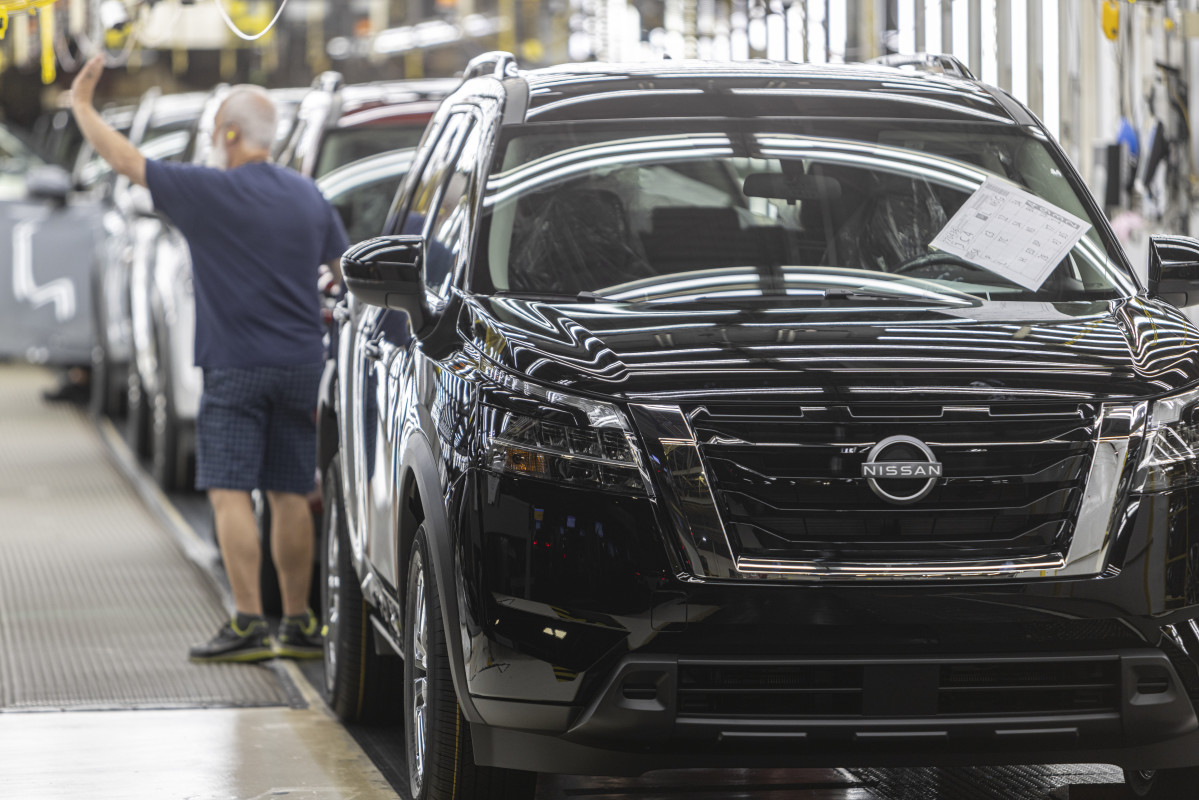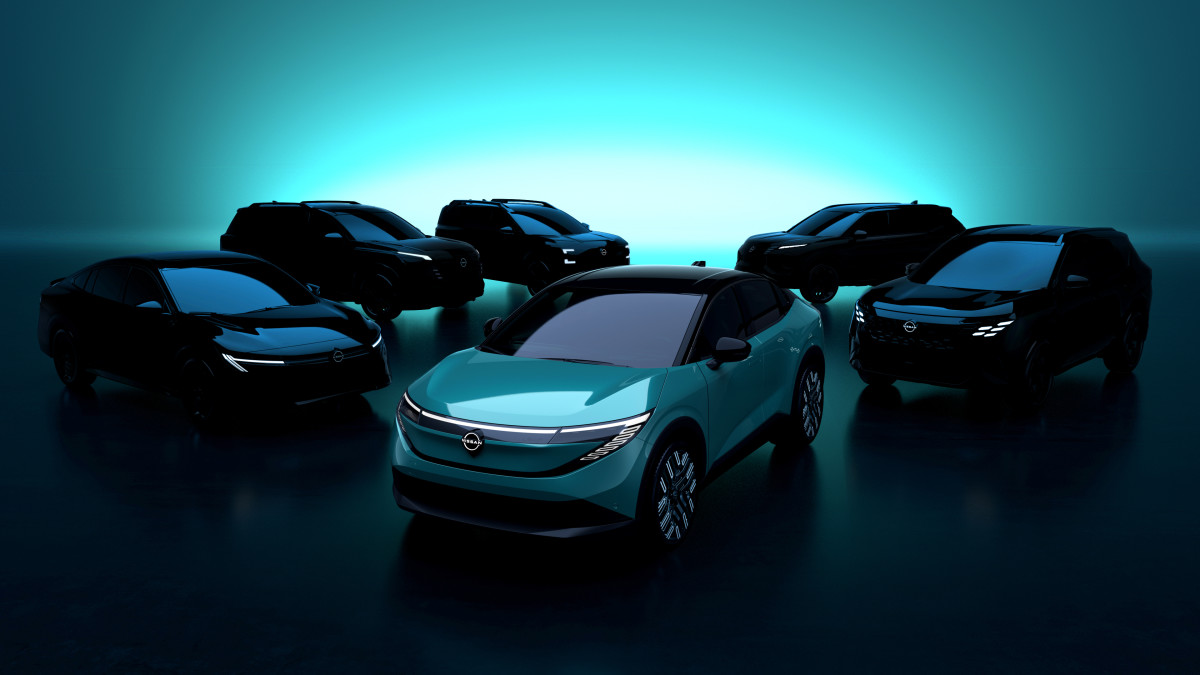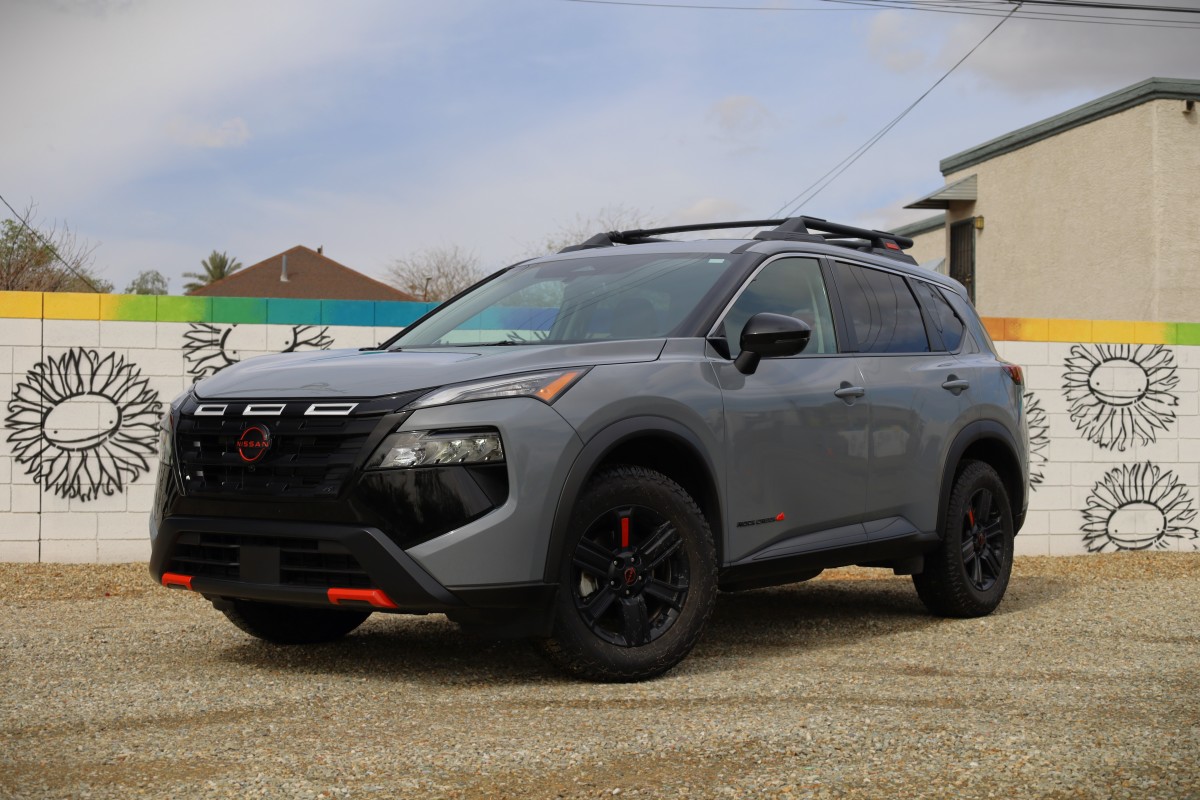No small losses
In an announcement on April 24, Japanese automaker Nissan said it was anticipating record net losses as it recovers from significant hurdles that have affected its fortunes over the past year. Unlike most publicly traded automakers, Nissan does not follow a traditional earnings calendar; however, it said it will post losses amounting to 700 to 750 million Japanese Yen, or about $4.9 to $5.3 billion.
In its statement, Nissan blamed losses on costs related to “its ongoing turnaround plan and other factors,” emphasizing that “impairments exceeding 500 billion yen (about $3.47 billion)” came from its North America, Latin America, Europe, and Japanese manufacturing operations and that an additional loss of 60 billion Yen ($420 million) came from further restructuring costs.

Nissan
“We are taking the prudent step to revise our full-year outlook, reflecting a thorough review of our performance and the carrying value of production assets. We now anticipate a significant net loss for the year, due primarily to a major asset impairment and restructuring costs as we continue to stabilize the company,” Nissan CEO Ivan Espinosa said in a statement. “Despite these challenges, we have significant financial resources, a strong product pipeline, and the determination to turn around Nissan in the coming period.”
The massive, multi-billion-dollar loss is Nissan’s biggest in its history. Previously, it predicted losing 80 billion Yen ($560 million); however, its massive restructuring included significant moves, including layoffs and a reduction in its production capacity. Additionally, its failed merger with Honda in February resulted in the company replacing its CEO, Makoto Uchida, with Ivan Espinosa.
Espinosa is in charge of leading Nissan’s future plans. Dubbed as “full of energy” and “a real car guy” by outgoing CEO Makoto Uchida, Nissan’s new CEO is seen as a breath of fresh air for enthusiasts. In a 2024 interview with Top Gear Magazine during his previous tenure as vice president of global product strategy, he noted that a future iteration of the Silvia was his “dream” project.

Nissan
Nissan needs to work on its lineup
However, before they get there, Nissan will have to manage a refreshed lineup with various powertrain choices, including full-on gas-powered vehicles, hybrids, plug-in hybrids, and EVs. On March 26, Espinosa and Nissan said that an all-new iteration of the Nissan LEAF will be the first of 10 new and refreshed models that will be introduced by 2027.
Last year, Nissan sold 924,008 cars across its Nissan and Infiniti brands in the United States and 103,092 cars in Canada, reflecting a growth of 2.8% in the States and 12.82% in the Great White North. Nissan Americas chairman Christian Meunier said during the previous announcement that North America is one of its key markets, noting that these actions are key to “get us back to growth and set the stage for the exciting products to come.”
President Trump’s 25% tariff on all foreign autos and imported auto parts looms over concerned buyers, dealers, and even companies like Nissan. The tariff, which President Donald Trump slapped on imported vehicles starting on April 3, remains in place even after Trump paused most of the additional “reciprocal” duties he had imposed on nearly every U.S. trading partner.
In an April 15 announcement to dealers, Nissan said it won’t increase the price of its imported vehicles until at least June 2. Nissan U.S. sales head Vinay Shahani said that the automaker has nearly a three-month supply of tariff-free vehicles and is “war-gaming” for the eventual situation when said three-month supply gets depleted.

Steven Paul
Nissan is currently exposed to cross-border tariff risks that are present in the Trump Administration, as it makes the U.S.-bound Sentra, Versa, and Kicks models at its plant in Aguascalientes, Mexico. However, Nissan does make some vehicles at facilities in the United States. The Altima, Titan, Frontier, and Frontier XD are built in Canton, Mississippi, while the Murano, Pathfinder, Rogue, and the Infiniti QX60 come from Nissan’s facility in Smyrna, Tennessee.
Final thoughts
Nissan currently faces a litany of issues, and it will take some time to see if Espinosa’s leadership truly makes a difference in handling the increasingly difficult puzzle ahead of him. On one end of the spectrum of problems is an aging lineup of cars, and on the other is the current tariff situation that could continue if negotiations with Japan’s trade ministers go south.
Knowing that this massive loss is Espinosa’s new jumping off point, it is as prudent as ever for Nissan to pull off the launch of the new and refreshed line of models they have set up over the next few years. As much as I would like a new GTR or Silvia, 240SX or [insert discontinued Nissan JDM enthusiast car that triggers full body nostalgia reactions], the company’s health truly relies on the customer who buys Rogues, Altimas, and Sentras.